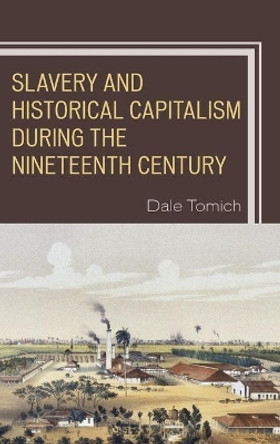Description
With a focus on nineteenth century Cuba, this volume examines understudied forms of mobility and networks that emerged during Second Slavery. After being forcibly taken across the Atlantic, enslaved Africans were moved within Cuba, and sometimes sold to owners in other Caribbean islands or the U.S. South. The chapters included in this book, written by historians and literary critics, pay special attention to debates between abolitionists and proslavery ideologues, the ways in which people and ideas moved from the countryside to the city, from one Caribbean Island to the next, and from the United States or the coasts of West Africa to the sugarcane fields. They examine how enslaved persons ran away or were captured and coerced to relocate; how they mobilized information and ideas to ameliorate their situation; and how they were used to advance other people’s interests. Movement, these chapters show, was regularly deployed to reinforce enslavement and the suppression of rights, while at times helping people in their struggle for freedom.
This book will be a great resource for academics, researchers, and advanced students of Latin American Literature, Global Slavery and Postcolonial Studies. The chapters were originally published in the journal Atlantic Studies: Global Currents.
Book Information
ISBN 9781032523408
Author Daylet Domínguez
Format Paperback
Page Count 132
Imprint Routledge
Publisher Taylor & Francis Ltd



